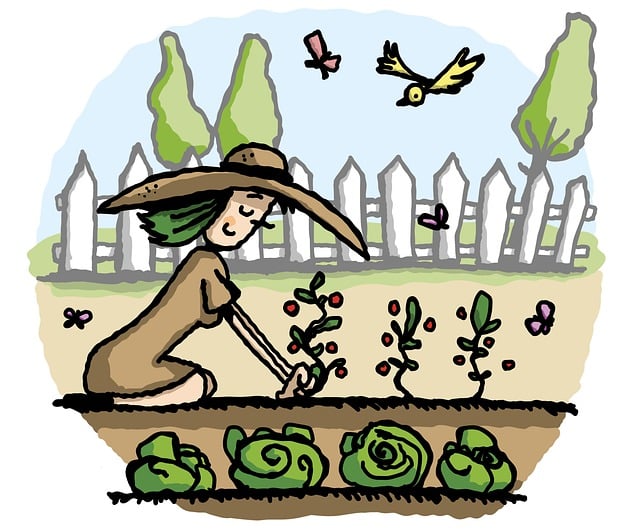Starting a vegetable garden is a rewarding and fulfilling endeavor that allows you to enjoy fresh, homegrown produce while connecting with nature. Whether you have a spacious backyard or a small balcony, growing your vegetables is a sustainable and cost-effective way to enhance your diet. This guide will take you through the essential steps to start your vegetable garden successfully.
Choose the Right Location:
Selecting the right location is crucial for the success of your vegetable garden. Most vegetables require at least 6-8 hours of sunlight daily. Ensure the chosen spot has well-draining soil and is easily accessible for regular maintenance.
Plan Your Garden Layout:
Sketch a rough plan of your garden layout, considering the space available and the sunlight exposure. Group vegetables with similar water and sunlight needs together to optimize their growth. Consider companion planting to maximize the benefits of intercropping.
Prepare the Soil:
Healthy soil is the foundation of a thriving vegetable garden. Test your soil’s pH and nutrient levels to determine if any amendments are necessary. Add organic matter like compost or well-rotted manure to improve soil structure and fertility.
Select Suitable Vegetables:
Choose vegetables that are well-suited to your climate and growing season. For beginners, start with easy-to-grow vegetables like tomatoes, peppers, lettuce, and radishes. Consider the available space and your family’s preferences when making your selections.
Get the Right Tools:
Acquire basic gardening tools such as a shovel, rake, hoe, and watering can. Invest in good-quality soil, mulch, and compost. Having the right tools and supplies will make your gardening experience more enjoyable and efficient.
Planting Seeds or Seedlings:
Decide whether you want to start your garden from seeds or purchase young seedlings. Follow the recommended planting depths and spacing for each vegetable. Consider using raised beds or containers if you have limited space. Make sure seeds are right for your climate. If you live in a frigid location, you need to be very selective with vegetables you plant.
Watering:
Consistent and adequate watering is essential for vegetable growth. Water in the morning to reduce the risk of diseases and aim for the base of the plants to avoid wetting the foliage. Use a drip irrigation system or soaker hoses for efficient water distribution.
Mulching:
Apply a layer of organic mulch, such as straw or wood chips, around your plants to conserve moisture, suppress weeds, and regulate soil temperature. Mulching also adds nutrients to the soil as it breaks down.
Fertilizing:
Feed your plants with a balanced, water-soluble fertilizer according to the recommended schedule. Be mindful not to over-fertilize, as this can harm the plants. Organic options like compost tea are excellent alternatives.
Pest and Disease Management:
Keep an eye out for common pests and diseases. Practice companion planting, use natural predators, and consider organic pest control methods. Regularly inspect your plants to catch any issues early on.
Harvesting:
Harvest your vegetables when they reach maturity. Regular harvesting encourages continuous production. Use clean, sharp tools to prevent damage to the plants.
Enjoy the Fruits of Your Labor:
Finally, savor the joy of harvesting and consuming your homegrown vegetables. Share the bounty with friends and family and take note of your successes and lessons learned for future gardening seasons.
Starting a vegetable garden requires patience and dedication, but the rewards are well worth the effort. As you gain experience, you can expand your garden and experiment with different varieties. Happy gardening!



